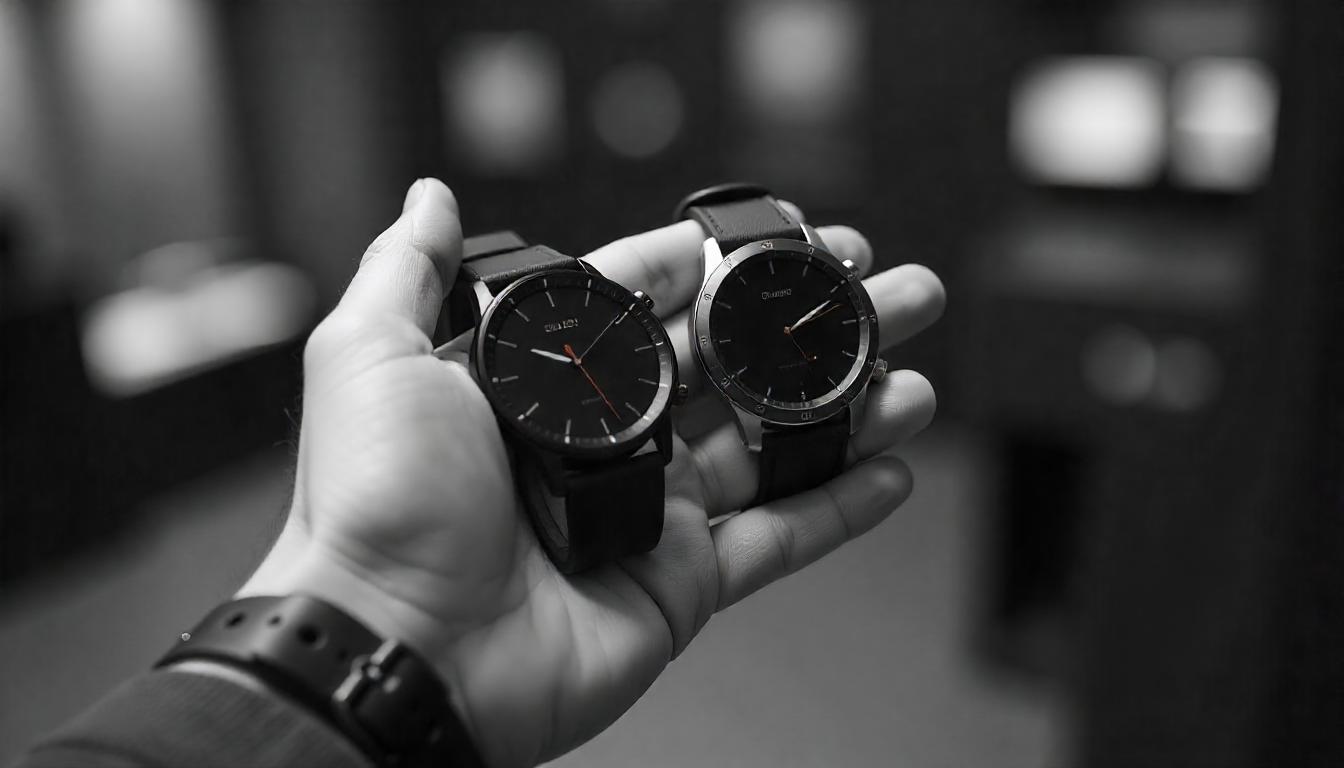Apple’s AirPods series has become synonymous with wireless audio, offering convenience, sleek design, and surprisingly good sound quality for the casual listener. The arrival of the AirPods 4 raises the stakes, promising an even more refined listening experience. But, as always, the question remains: are they worth upgrading to?
Design: Sleeker, But Familiar
The design of the AirPods 4 is a natural evolution of the familiar AirPods aesthetic. They retain the signature white, minimalist look with a slight refinement in terms of size and fit. The stems are a little shorter than their predecessors, making them less bulky and a bit more subtle when worn. While the design is attractive, it’s not groundbreaking. The classic AirPods look has become iconic, but if you’re hoping for a radical departure from the previous models, you might be disappointed.
The AirPods 4 come with a more ergonomic fit, which helps improve comfort during long listening sessions. Whether you’re on a Zoom call or out for a jog, these buds stay securely in place. However, if you’re looking for more active noise isolation, the AirPods 4’s in-ear fit might feel slightly lacking compared to their Pro counterparts. Still, the regular AirPods 4 are a great choice for users who want something light and unobtrusive.
Sound Quality: A Step Up, But Not a Revolution
When it comes to sound quality, the AirPods 4 delivers a clear improvement over their predecessors. Apple has introduced new drivers and improved the tuning for a more balanced sound. Bass is fuller and more pronounced without overwhelming the mid-range or treble. The highs are crisp and clear, making them great for a range of music genres, from pop to acoustic. However, if you’re an audiophile expecting high-end, studio-quality sound, the AirPods 4 may still fall short.
The lack of active noise cancellation (ANC) could also be a dealbreaker for some, especially those who regularly use their AirPods in noisy environments. For casual listeners or those using them primarily for calls and podcasts, the sound will more than suffice. But if you’re someone who enjoys deep bass and immersive sound, you might find the AirPods 4 lacking compared to more premium options.
Battery Life: Solid, But Not Groundbreaking
Apple claims up to 6 hours of listening time on a single charge, with an additional 24 hours from the charging case. While this is decent, it’s not much of an improvement over the previous models. If you’re someone who listens to music all day long, you’ll appreciate the long battery life, but the lack of a major leap in battery longevity might feel underwhelming, especially when competitors like Sony and Bose offer longer-lasting options at a similar price point.
Charging is as easy as ever with the Lightning port and MagSafe compatibility. So, whether you’re charging on the go or at home, you won’t need to worry about any major inconveniences.
Performance: A Seamless Experience
What Apple really excels at with the AirPods 4 is the ecosystem integration. The H1 chip ensures seamless connectivity with Apple devices, making the pairing process a breeze. Switching between devices, like from your iPhone to your MacBook, is almost instantaneous. If you’re already invested in the Apple ecosystem, these earbuds will only enhance your overall experience.
Additionally, the spatial audio feature and dynamic head tracking are a fantastic addition for those who enjoy immersive sound. While not as advanced as the AirPods Pro in terms of noise cancellation, these features still deliver a fun, cinematic listening experience, especially for movies and shows.
Comparison to Previous Models and Competitors
Compared to the AirPods 3, the AirPods 4 don’t offer a massive leap in terms of sound quality or design. The addition of spatial audio and a more refined fit does elevate the experience, but they are fundamentally similar. If you’re already using the AirPods 3 and don’t feel the need for the extra features, there may not be enough here to justify the upgrade.
In comparison to the AirPods Pro, the AirPods 4 lacks the in-ear seal, active noise cancellation, and superior sound profile, which might make the Pro version the better choice for those who want a more immersive, isolated listening experience. However, the AirPods 4 are lighter and more comfortable for casual users, without the extra bulk of silicone tips or ANC hardware.
When stacked against competitors like the Sony WF-1000XM5 or Bose QuietComfort Earbuds II, the AirPods 4 fall behind in terms of sound isolation and active noise cancellation. Both of these alternatives offer better sound isolation, deeper bass, and overall richer sound profiles. However, the AirPods 4 still have the edge when it comes to the Apple ecosystem and ease of use.
Pros and Cons
Pros:
- Lightweight, comfortable design
- Excellent integration with the Apple ecosystem
- Improved sound quality with fuller bass and clearer highs
- Seamless device switching and pairing
- Spatial audio for an immersive experience
Cons:
- No active noise cancellation
- Sound quality may not satisfy audiophiles
- Battery life improvements aren’t substantial
- Lacks the in-ear fit and isolation of the AirPods Pro
Verdict: Who Are They For?
For the casual listener, the AirPods 4 are a fantastic choice. The sound quality is solid, the design is sleek, and they integrate seamlessly into the Apple ecosystem. If you’re someone who uses AirPods mainly for calls, podcasts, or casual music listening, the AirPods 4 will serve you well.
However, if you’re an audiophile or someone who values active noise cancellation and a more immersive audio experience, the AirPods 4 may leave you wanting more. In this case, the AirPods Pro or competitors like Sony and Bose are likely better options.
At the end of the day, the AirPods 4 are an excellent choice for anyone looking for quality earbuds that are comfortable, well-integrated into Apple’s ecosystem, and deliver solid audio. But if you’re expecting a groundbreaking leap in audio technology, you might want to wait for the next big update.






Leave a Reply